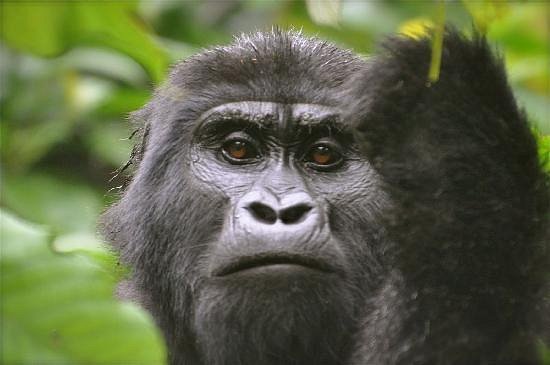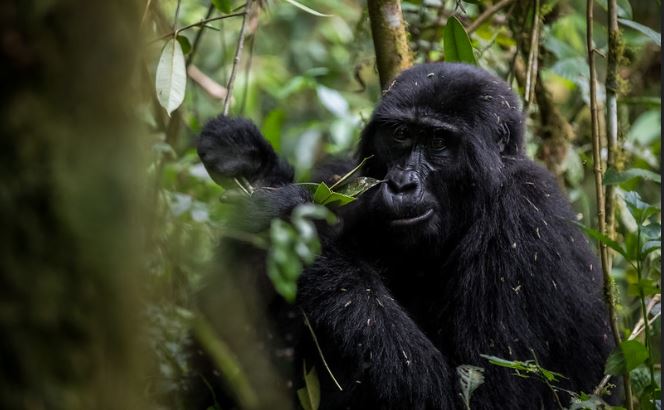Namugongo Martyrs Shrine Re-Opens its Gates to Pilgrims - Uganda Namugongo Martyrs shrine re-opens its…
Karamoja Ostriches to be conserved by Uganda Wildlife Education Centre (UWEC)
Birding Safaris are expected to increase as Uganda Wildlife Education Centre moves in to protect ostriches (one of the endangered birds) in northern parts specifically Karamoja region. Uganda Wildlife Education Centre has embarked on a move to use artificial incubators to hatch ostrich eggs. These arrangements came after a recently concluded study by UWEC in Karamoja region (the main habitat of ostriches in Uganda). The study showed that these precious birds are endangered due to the poor practices by the local people in Karamoja.
The Centre’s spokes person, Atim Belinda said that an incubation unit has already been set up at their premises in Entebbe where the eggs will be hatched.
In her words, she said that there is need for an incubator and Hatcher from Santa Barbara Zoo (found in the US). She also said that the facility is ready, but they are still waiting for eggs in order to start the project. Atim further said that apart from conservation purposes, the project will also be helpful for the pilot ostrich farming in the region.
According to Uganda Wildlife Education Centre, very few people in Karamoja region are aware of the importance of the ostriches and they have constantly hunted them down for mainly feathers, leading to their depopulation. This has affected the birding safaris in Uganda with few birds left for visitors to see. Numerous community meetings were held with leaders and direct beneficiaries of the project who promised to provide the eggs to UWEC. The local people in Karamoja region have been sensitized about the benefits of conserving these magnificent bird species.
What will be the incubation period?
Atim noted that it will only take one and a half months to hatch the ostrich eggs. The incubation equipment can hatch more than 120 eggs. The management plans to give out the first batch of chicks to the selected model farmers in Karamoja region as a way of raising them and sensitizing others.
24 model farmers have already been selected by UWE and each is expected to get 4 ostrich chicks. Atim said that the feasibility study was carried out in the area to sensitize and build confidence among communities and leaders. Some people in the region are believed to have good indigenous knowledge of hatching the ostrich eggs and therefore, this programme is expected to be a success. If rearing ostriches is done effectively in the region, poaching is expected to reduce in the nearby parks like Kidepo Valley National Park so as to promote more Tour safaris to Uganda.
Currently Uganda Wildlife Education Centre keeps only 13 ostriches and this is because of the small space at the centre. This is why the management has decided to involve the locals in conserving wildlife in their natural setting.
Once the project becomes a success, communities will be empowered to rear the birds for economic benefits in order to increase their income. Every part of an ostrich is profitable and there is no doubt that it is one of the most ideal birds to keep for economic purposes. Some of the profitable parts of an ostrich include; the legs, plumes plus the meat. Their chicks can also be sold and generate income.




